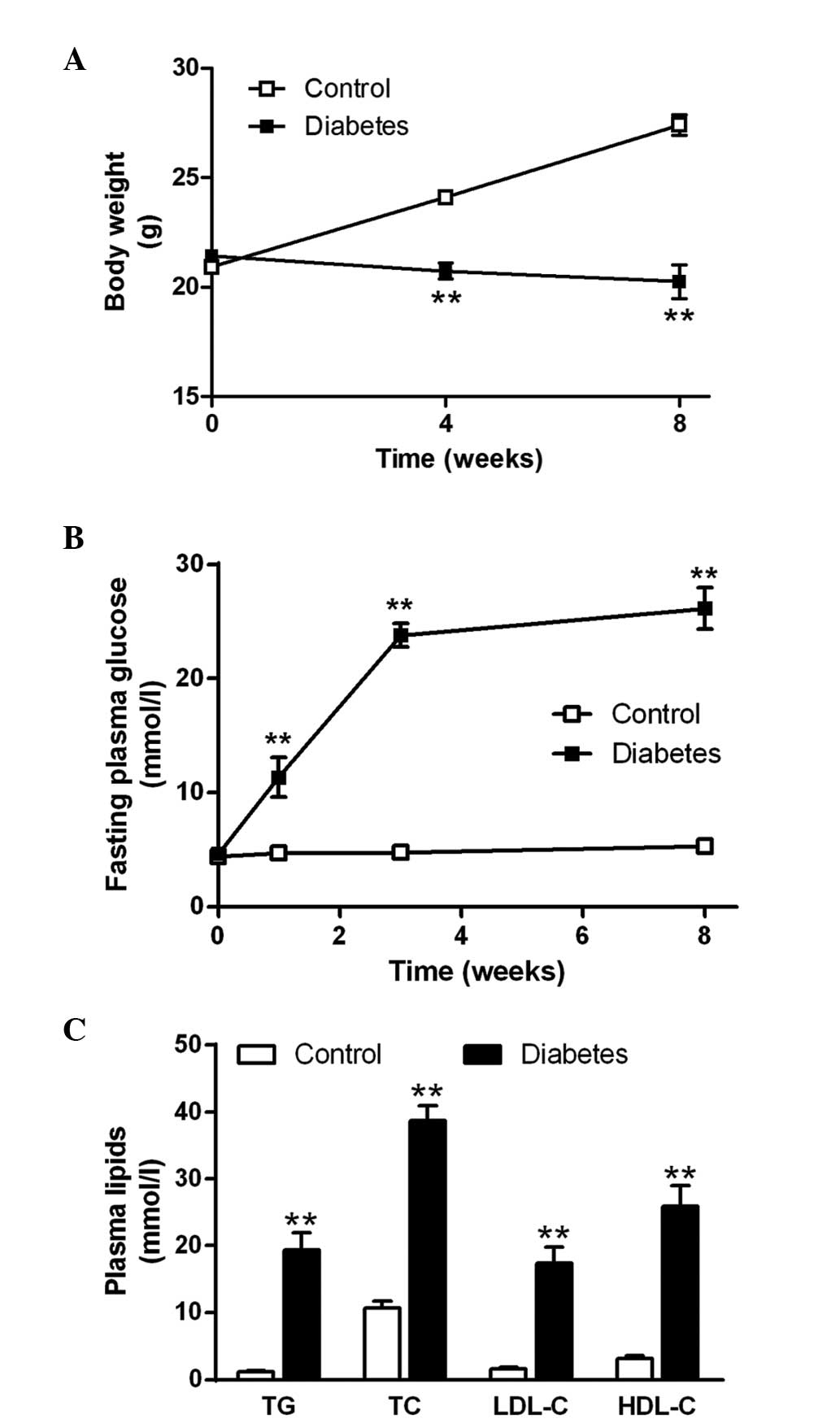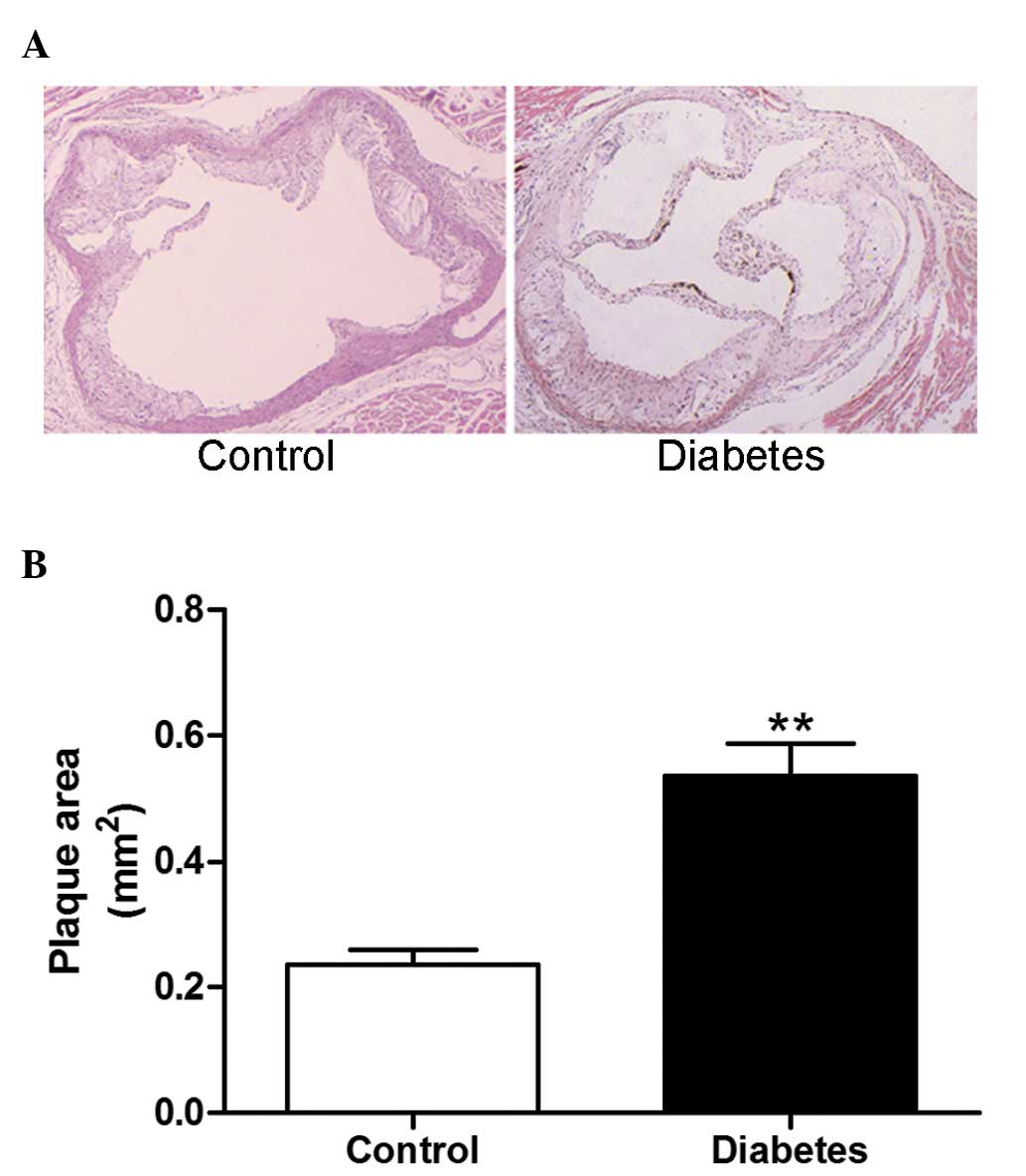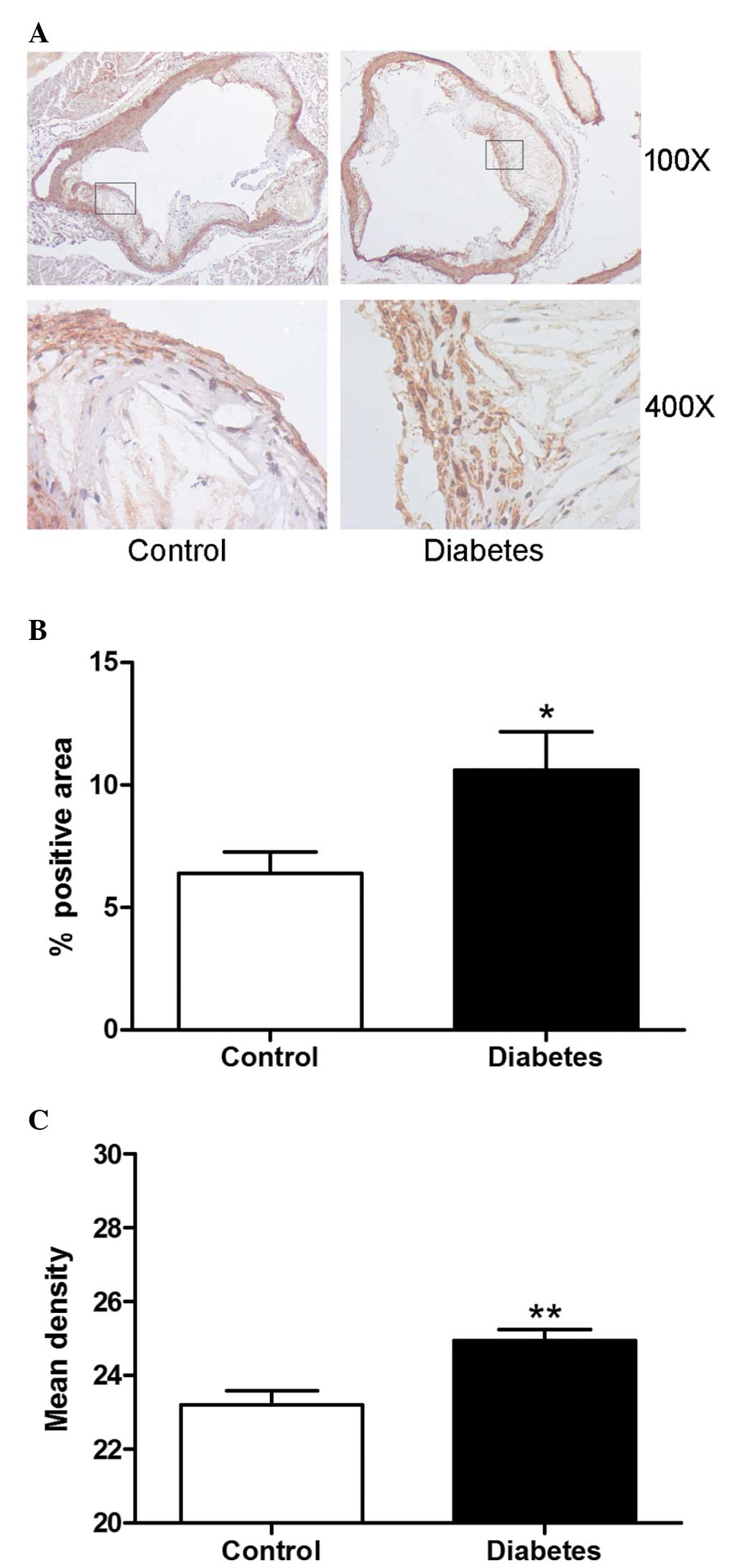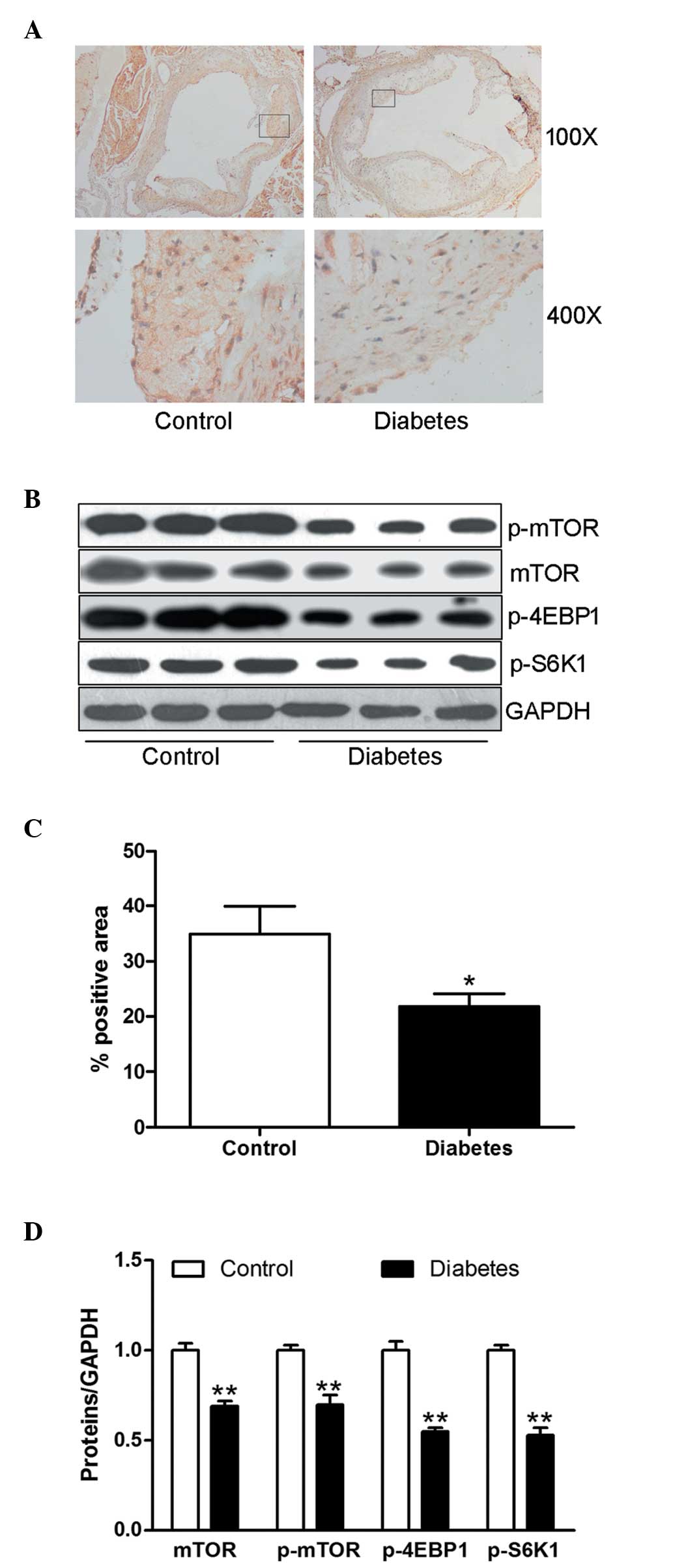|
1
|
Ohira T and Iso H: Cardiovascular disease
epidemiology in Asia: an overview. Circ J. 77:1646–1652. 2013.
View Article : Google Scholar : PubMed/NCBI
|
|
2
|
Indermuehle A, Bahl R, Lansky AJ, et al:
Drug-eluting balloon angioplasty for in-stent restenosis: a
systematic review and meta-analysis of randomised controlled
trials. Heart. 99:327–333. 2013. View Article : Google Scholar : PubMed/NCBI
|
|
3
|
Chaabane C, Otsuka F, Virmani R and
Bochaton-Piallat ML: Biological responses in stented arteries.
Cardiovasc Res. 99:353–363. 2013. View Article : Google Scholar : PubMed/NCBI
|
|
4
|
De Caterina AR, Cuculi F and Banning AP:
Incidence, predictors and management of left main coronary artery
stent restenosis: a comprehensive review in the era of drug-eluting
stents. EuroIntervention. 8:1326–1334. 2013.PubMed/NCBI
|
|
5
|
Pate GE, Lee M, Humphries K, et al:
Characterizing the spectrum of in-stent restenosis: implications
for contemporary treatment. Can J Cardiol. 22:1223–1229. 2006.
View Article : Google Scholar : PubMed/NCBI
|
|
6
|
Ma S, Yang D, Zhang X, et al: Comparison
of restenosis rate with sirolimus-eluting stent in STEMI patients
with and without diabetes at 6-month angiographic follow-up. Acta
Cardiol. 66:603–606. 2011.PubMed/NCBI
|
|
7
|
Trovati M, Doronzo G, Barale C, Vaccheris
C, Russo I and Cavalot F: Leptin and vascular smooth muscle cells.
Curr Pharm Des. May 14–2013.(Epub ahead of print).
|
|
8
|
Chong ZZ and Maiese K: Mammalian target of
rapamycin signaling in diabetic cardiovascular disease. Cardiovasc
Diabetol. 11:452012. View Article : Google Scholar : PubMed/NCBI
|
|
9
|
Li W, Li Q, Qin L, et al: Rapamycin
inhibits smooth muscle cell proliferation and obstructive
arteriopathy attributable to elastin deficiency. Arterioscler
Thromb Vasc Biol. 33:1028–1035. 2013. View Article : Google Scholar : PubMed/NCBI
|
|
10
|
Ma S, Yang D, Li D, Tang B and Yang Y:
Oleic acid induces smooth muscle foam cell formation and enhances
atherosclerotic lesion development via CD36. Lipids Health Dis.
10:532011. View Article : Google Scholar : PubMed/NCBI
|
|
11
|
Jin F, Jiang S, Yang D, et al: Acipimox
attenuates atherosclerosis and enhances plaque stability in
ApoE-deficient mice fed a palmitate-rich diet. Biochem Biophys Res
Commun. 428:86–92. 2012. View Article : Google Scholar : PubMed/NCBI
|
|
12
|
Jiang S, Jin F, Li D, et al: Intermittent
hypobaric hypoxia promotes atherosclerotic plaque instability in
ApoE-deficient mice. High Alt Med Biol. 14:175–180. 2013.
View Article : Google Scholar : PubMed/NCBI
|
|
13
|
Ma S, Yang D, Li D, Tang B, Sun M and Yang
Y: Cardiac extracellular matrix tenascin-C deposition during
fibronectin degradation. Biochem Biophys Res Commun. 409:321–327.
2011. View Article : Google Scholar : PubMed/NCBI
|
|
14
|
Bangalore S, Kumar S, Fusaro M, et al:
Outcomes with various drug eluting or bare metal stents in patients
with diabetes mellitus: mixed treatment comparison analysis of
22,844 patient years of follow-up from randomised trials. BMJ.
345:e51702012.
|
|
15
|
Koga J and Aikawa M: Crosstalk between
macrophages and smooth muscle cells in atherosclerotic vascular
diseases. Vascul Pharmacol. 57:24–28. 2012. View Article : Google Scholar : PubMed/NCBI
|
|
16
|
Jung F, Haendeler J, Goebel C, Zeiher AM
and Dimmeler S: Growth factor-induced phosphoinositide 3-OH
kinase/Akt phosphorylation in smooth muscle cells: induction of
cell proliferation and inhibition of cell death. Cardiovasc Res.
48:148–157. 2000. View Article : Google Scholar : PubMed/NCBI
|
|
17
|
Marx SO, Totary-Jain H and Marks AR:
Vascular smooth muscle cell proliferation in restenosis. Circ
Cardiovasc Interv. 4:104–111. 2011. View Article : Google Scholar : PubMed/NCBI
|
|
18
|
Scheen AJ, Warzée F and Legrand VM:
Drug-eluting stents: meta-analysis in diabetic patients. Eur Heart
J. 25:2167–2168. 2004. View Article : Google Scholar : PubMed/NCBI
|
|
19
|
Shan J, Nguyen TB, Totary-Jain H, Dansky
H, Marx SO and Marks AR: Leptin-enhanced neointimal hyperplasia is
reduced by mTOR and PI3K inhibitors. Proc Natl Acad Sci USA.
105:19006–19011. 2008. View Article : Google Scholar : PubMed/NCBI
|













